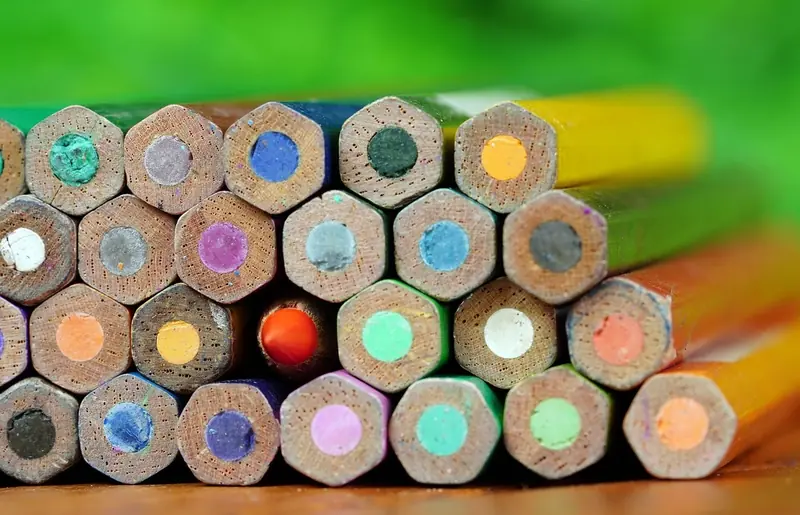
Experts point to several reasons why pencils ultimately adopted a hexagonal shape, even though they weren’t always that way.
“When pencils were made by hand, they were smooth,” noted Caroline Weaver, the owner of a pencil shop. She explained that there wasn’t an easy way to produce them back then, but Americans mechanized the craft. Many consider Joseph Dixon to be one of the first to develop actual machines for pencil manufacturing, including those for cutting wooden slats, carving grooves in the wood, and applying glue.
Smooth pencils still exist today, as do triangular and square “carpenter’s” pencils. However, hexagonal pencils dominate the market and are the most sought after, according to IFLScience.
Why Are Hexagonal Pencils Preferred?
It turns out that the preference primarily comes down to ergonomics, production costs, and practicality.
Pencil manufacturers realized that “it’s simpler and less wasteful to make a hexagonal pencil, which is why it became the standard,” added Ms. Weaver.
Charles Berolzheimer, CEO of one of the pencil-producing companies, agreed. “Using a hexagonal shape allows you to get an extra pencil from a standard-width slat. From a typical pencil slat, you can make eight round pencils, but nine hexagonal ones,” explained Mr. Berolzheimer.
However, there are other reasons why pencils are most often made in this shape. Experts assert that the hexagonal form fits the human hand best. This shape is versatile and comfortable to use. The clearly defined edges allow for a firm grip on the pencil in any position.
Moreover, hexagonal pencils don’t roll off the table as easily as smooth ones do. Thanks to the edges, the pencil can be stabilized on the table.
In short, pencils are most often given a hexagonal shape due to their lower production costs for manufacturers, harmonious interaction with the human hand, better stability on tables, and, importantly, improved compatibility with modern sharpeners.
